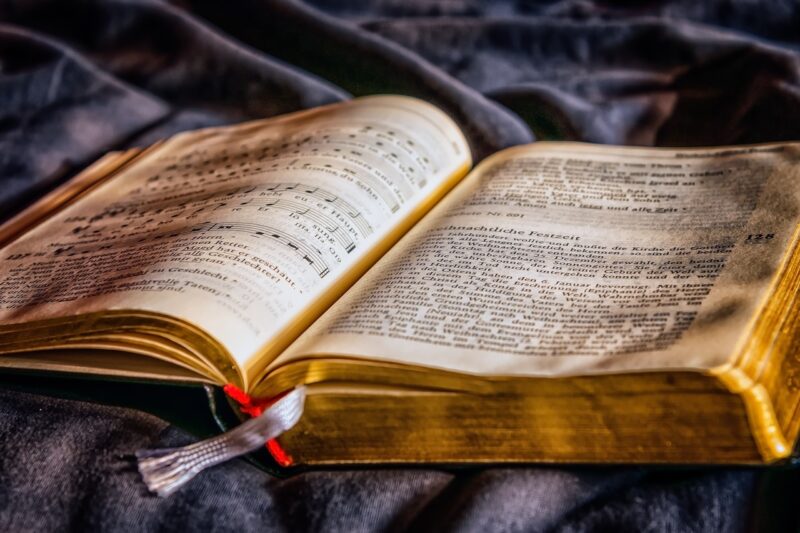
Literature is a vast universe, filled with diverse genres that cater to different interests, styles, and themes. Whether you are an experienced reader or a newcomer navigating your way through the literary world, understanding these genres can enrich your appreciation of the written word. In this beginner’s guide, we will delve into the major genres of literature, discussing their unique characteristics and notable examples. By the end of this article, you will have a clearer understanding of the genres that resonate with you the most and perhaps even inspire your next reading adventure.
1. What is a Literary Genre?
A literary genre is a category that groups texts based on similar themes, plots, or stylistic features. These classification systems help readers set expectations for what a piece of literature might entail. Genres can range from those that provoke thought and introspection to those that entertain or inspire one to take action. The beauty of literature lies in its ability to transcend genres, causing variations and hybrids that offer something fresh and exciting.
Understanding the different genres enables readers to explore literature effectively, finding works that align with their passions or expand their horizons.
2. Fiction: The World of Imagination
Fiction encompasses narratives that originate from the author’s imagination rather than true events. This genre includes various subcategories:
- Novels: Extended fictional narratives that explore complex characters and themes. Examples include classics like Pride and Prejudice by Jane Austen and modern masterpieces like The Road by Cormac McCarthy.
- Short Stories: Brief narratives that usually focus on a specific moment or character. Renowned short story writers include Edgar Allan Poe and Alice Munro.
- Novellas: Short novels that often explore a singular theme in a focused manner. The Metamorphosis by Franz Kafka is an example of a novella that captivates through its concise storytelling.
Fiction allows readers to escape reality and triggers empathy as we experience lives outside our own. It covers a range of forms including literary fiction, commercial fiction, science fiction, historical fiction, and fantasy, among others.
3. Non-Fiction: A Reflection of Reality
Non-fiction literature presents factual information and real events, often informed by research or firsthand experiences. Key types of non-fiction include:
- Biographies and Autobiographies: Biographies tell the life story of another person, while autobiographies are written by the subject themselves. People like Nelson Mandela and Anne Frank have inspired readers through their life accounts.
- Essays: Short pieces expressing an individual’s perspective on a topic. Renowned essayists like James Baldwin and Virginia Woolf have made significant contributions to the genre.
- Self-Help: Books designed to instruct readers on personal improvement, such as The Power of Habit by Charles Duhigg, which explores the science of habit formation.
The beauty of non-fiction is its ability to enlighten and inform, providing readers with knowledge that can aid personal or societal growth.
4. Poetry: The Art of Language
Poetry combines form, rhythm, and metaphor to convey emotions and ideas in condensed language. It transcends the rules of conventional storytelling and often evokes deep emotional responses. Key forms of poetry include:
- Sonnet: A 14-line poem with a specific rhyme scheme. The works of Shakespeare exemplify the beauty of sonnets, capturing timeless themes of love and nature.
- Haiku: A traditional Japanese form consisting of three lines arranged in a 5-7-5 syllable count. Haikus capture fleeting moments in nature, reflecting a deep connection to the world around us.
- Free Verse: Poetry without structured meter or rhyme, allowing poets like Walt Whitman and Allen Ginsberg to express their artistic voice freely.
Poetry uses language playfully and inventively, inviting readers to explore beyond literal meanings and embrace the layered complexities of words.
5. Drama: The Art of Performance
Drama encompasses plays written for theatrical performance, combining dialogue, stage directions, and dramatic conflict. Key elements include:
- Tragedy: A genre that evokes emotional response through serious themes, often leading to the downfall of the protagonist. Renowned works include Macbeth by Shakespeare and Death of a Salesman by Arthur Miller.
- Comedy: Lighter narratives that evoke laughter and often involve misunderstandings or humorous situations. Classics like A Midsummer Night’s Dream provide endless entertainment through comedic scenarios.
- Musical Theatre: A blend of storytelling and music, musicals like Hamilton invigorate audiences with song, dance, and compelling narratives.
Drama brings stories to life through performance, allowing collective experiences and shared emotions to resonate among audiences.
6. Conclusion: Discovering Your Preferred Genre
In exploring the rich genres of literature, you equip yourself with the tools to find works that resonate with your personal interests and tastes. Whether you are drawn to the imaginative worlds of fiction, the thought-provoking essence of non-fiction, the emotional depth of poetry, or the theatrical wonder of drama, each genre holds the potential to enrich your literary journey.
So, go forth with your newfound knowledge and dive into the vast landscape of literature. Explore various genres, discover esteemed authors, and find the stories that speak to your heart and spark your imagination. Remember, the world of literature is yours to explore!







